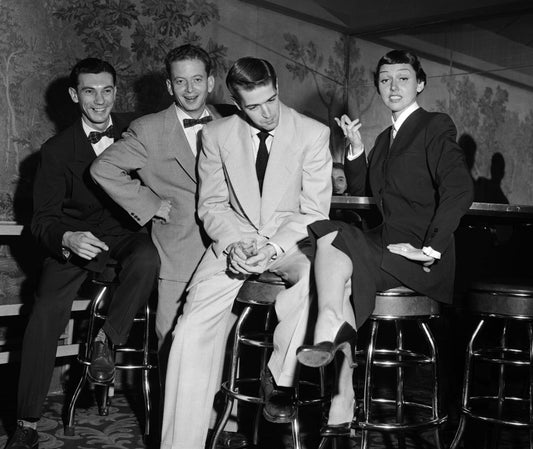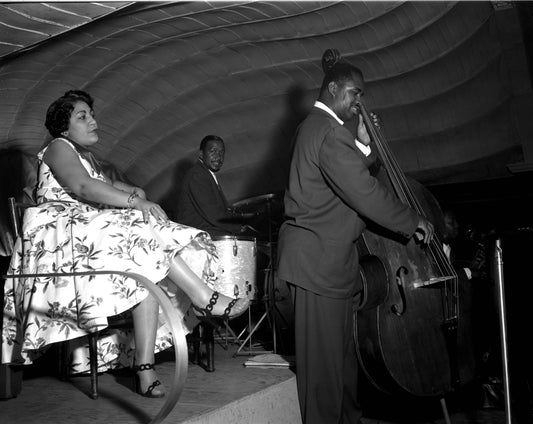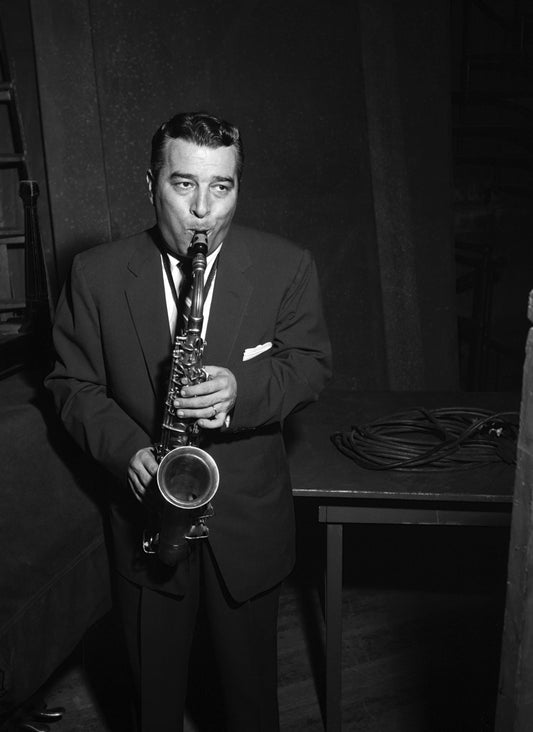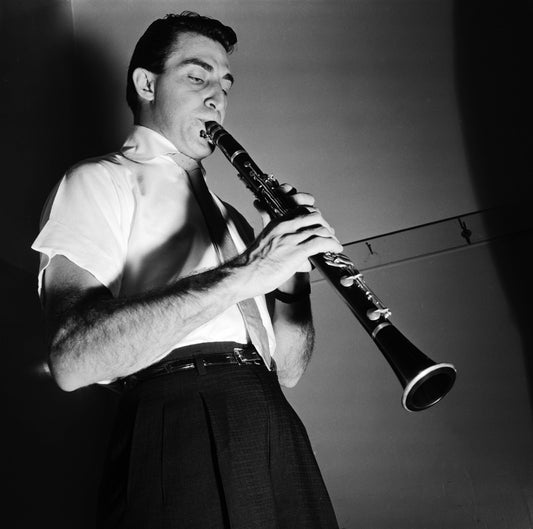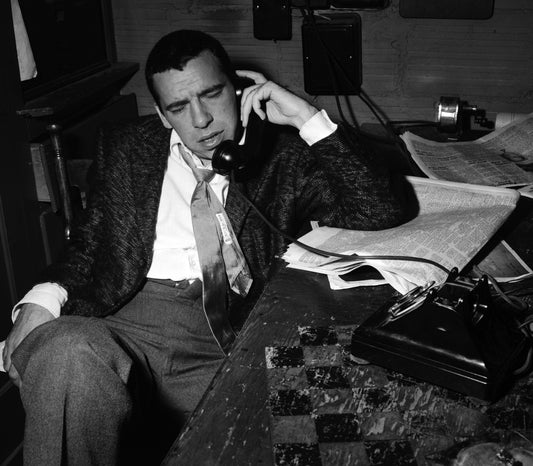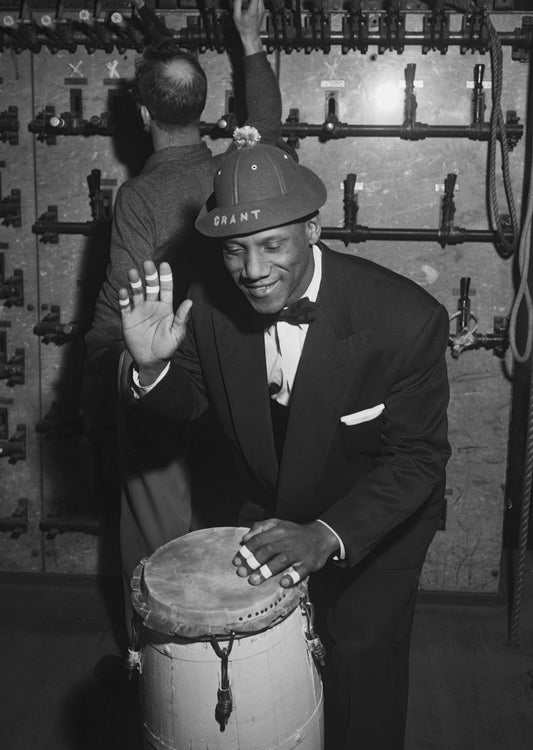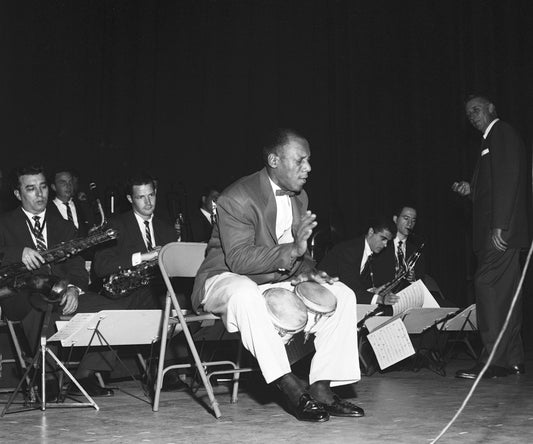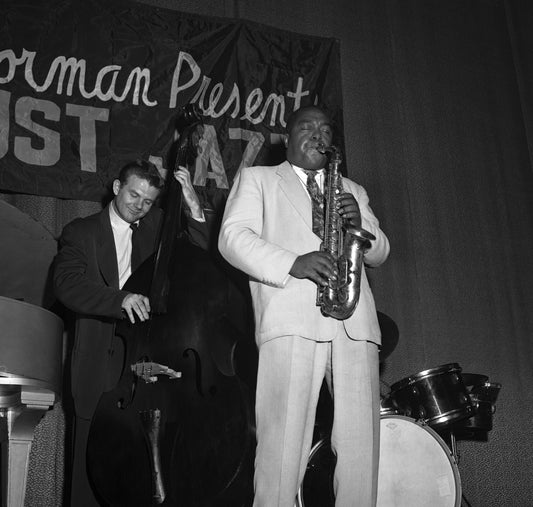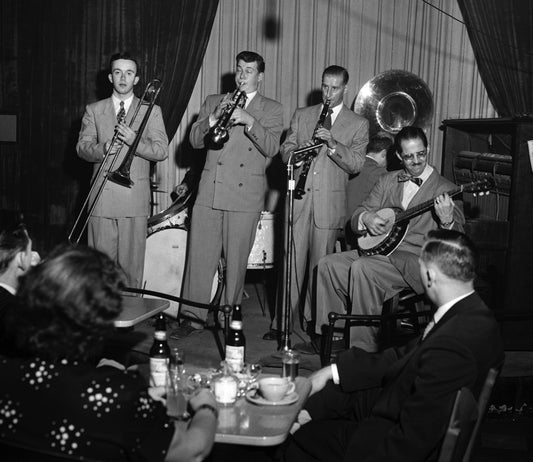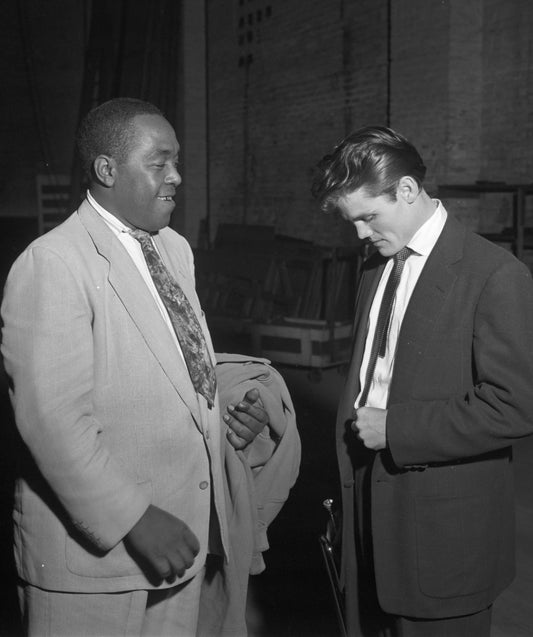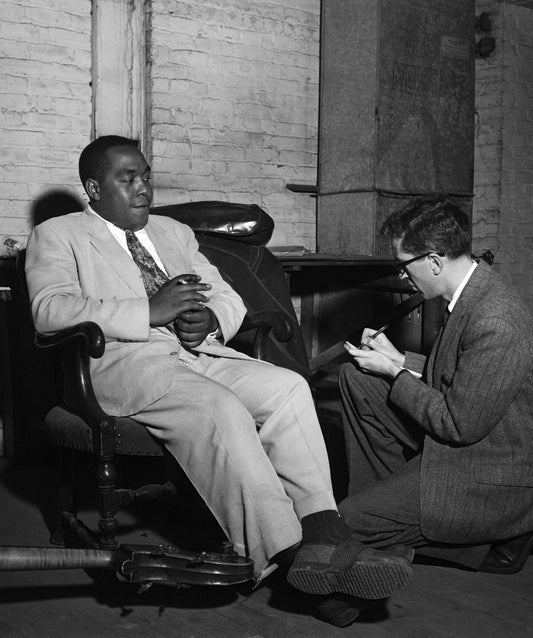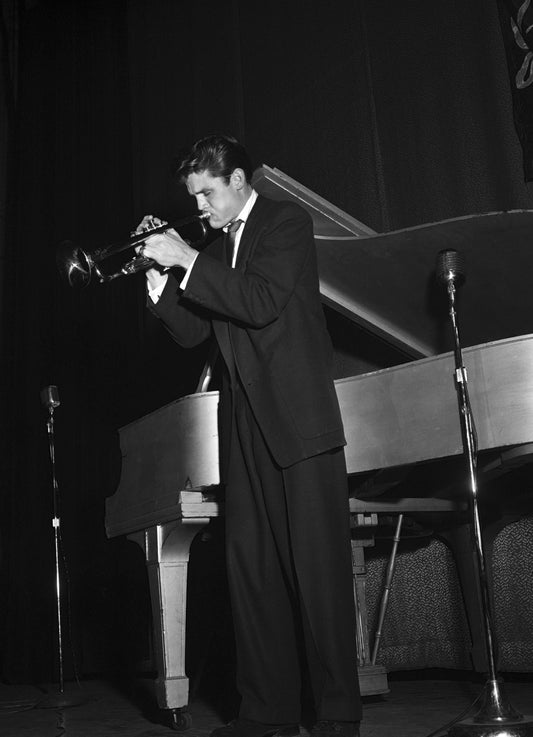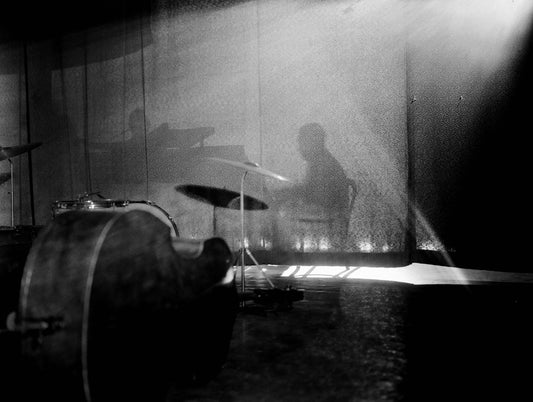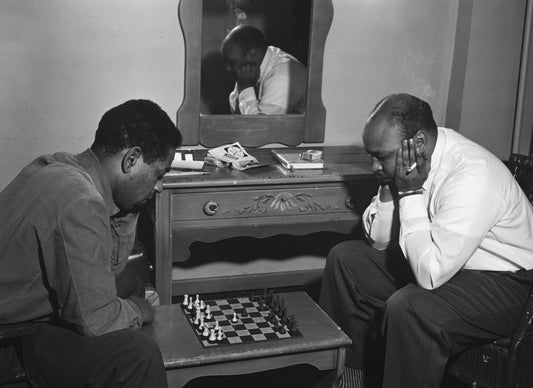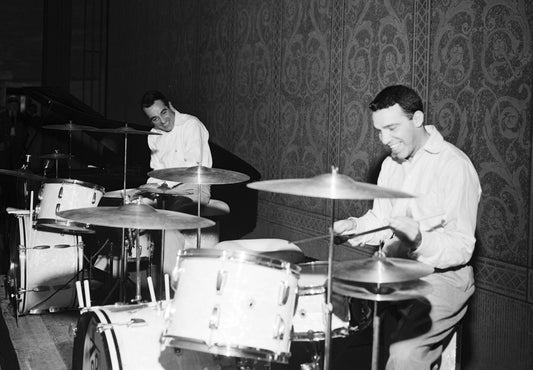Total:






FOR HELP WITH YOUR ONLINE ORDER, PLEASE EMAIL SUPPORT@MORRISONHOTELGALLERY.COM
Morrison Hotel Gallery Prints
▪ Prints are generally made to order and delivery usually takes 4 to 6 weeks
▪ For orders being picked up at any of our galleries, you will be contacted by the gallery when your photograph(s) are ready
▪ All frames are made with high quality wood, view sample here
▪ For information on the technical specifications of our photographic prints, please contact a sales associate at any of our galleries, or fill out a Customer Service request form here
▪ For advice on buying photographic prints, click here
▪ Please note: if you are located outside of the U.S. you will be responsible for paying any duties and/or taxes imposed by your country before the photographs can be delivered
Sales Tax
▪ If your order is being picked up or shipped to New York, sales tax will be charged, and range from 4% - 8.875%, depending on the city and county where your order is being delivered
▪ If your order is being picked up or shipped to California, sales tax will be charged, and range from 7 - 10.25%, depending on the city and county where your order is being delivered
▪ There is no sales tax otherwise



